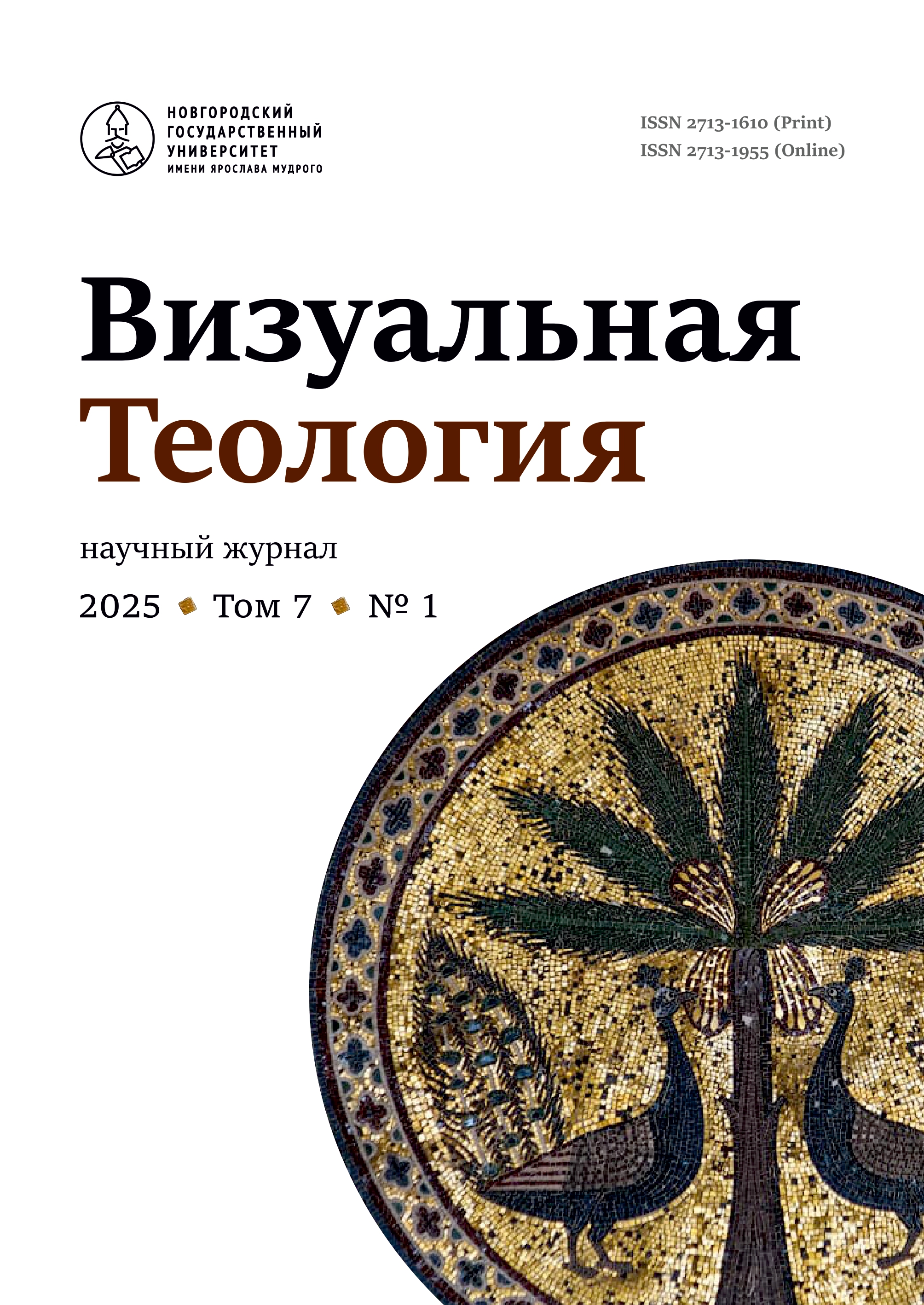Visual images of Palestine on the pages of pilgrimage texts of the late 19th and early 20th centuries
Abstract
The article is devoted to the study of visual images presented in texts devoted to pilgrimage to Palestine of the late 19th – early 20th century. The research interest is based on the idea of illustration as a way of overcoming the rationality of language. The author uses as an important methodological approach the concept of “visual turn” in the humanities, which was caused by the dominance of visual images in the culture of the 20th century. The penetration of images and visual images began as early as in the 19th century, thanks to technological advances, which opened opportunities for the creation of new visual forms. The main sources were pilgrimage texts of the end of the 19th ‒ beginning of the 20th centuries published by the following authors: E. F. Muyaki, Bishop Nicanor, A. A. Suvorin, I. P. Yuvachev. The data dedicated to the Holy Land contain illustrations that accompany the text and help the reader to “see” the described reality. The main key images that form a visual framework of images that give an idea of the Holy Land were highlighted. The illustrative material accompanied by captions not only enriched the textual entries, but also contributed significantly to the formation of a holistic and vivid image of the Holy Land, allowing readers to gain a deeper understanding and appreciation of the events and places described. This emphasizes the importance of visual elements in literature and their role in creating an impression of the cultural and historical realities of the described region. Illustration acts not just as a supplement to the text, but as an important element that can change the perception and interpretation of the content, deepening understanding of historical and cultural events. Visual images become an essential tool for researchers, allowing them to create multi-layered and multifaceted interpretations of artistic and historical texts.


